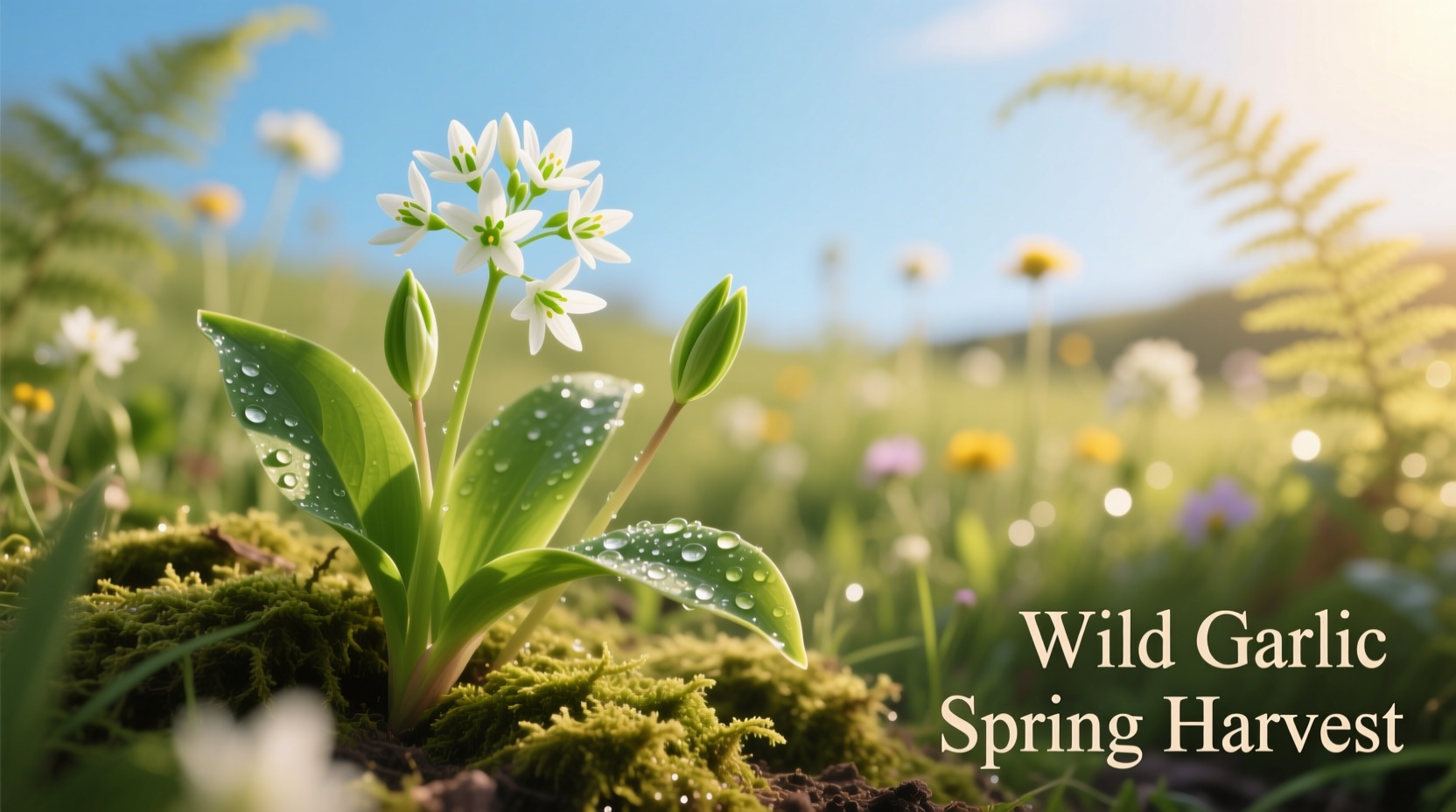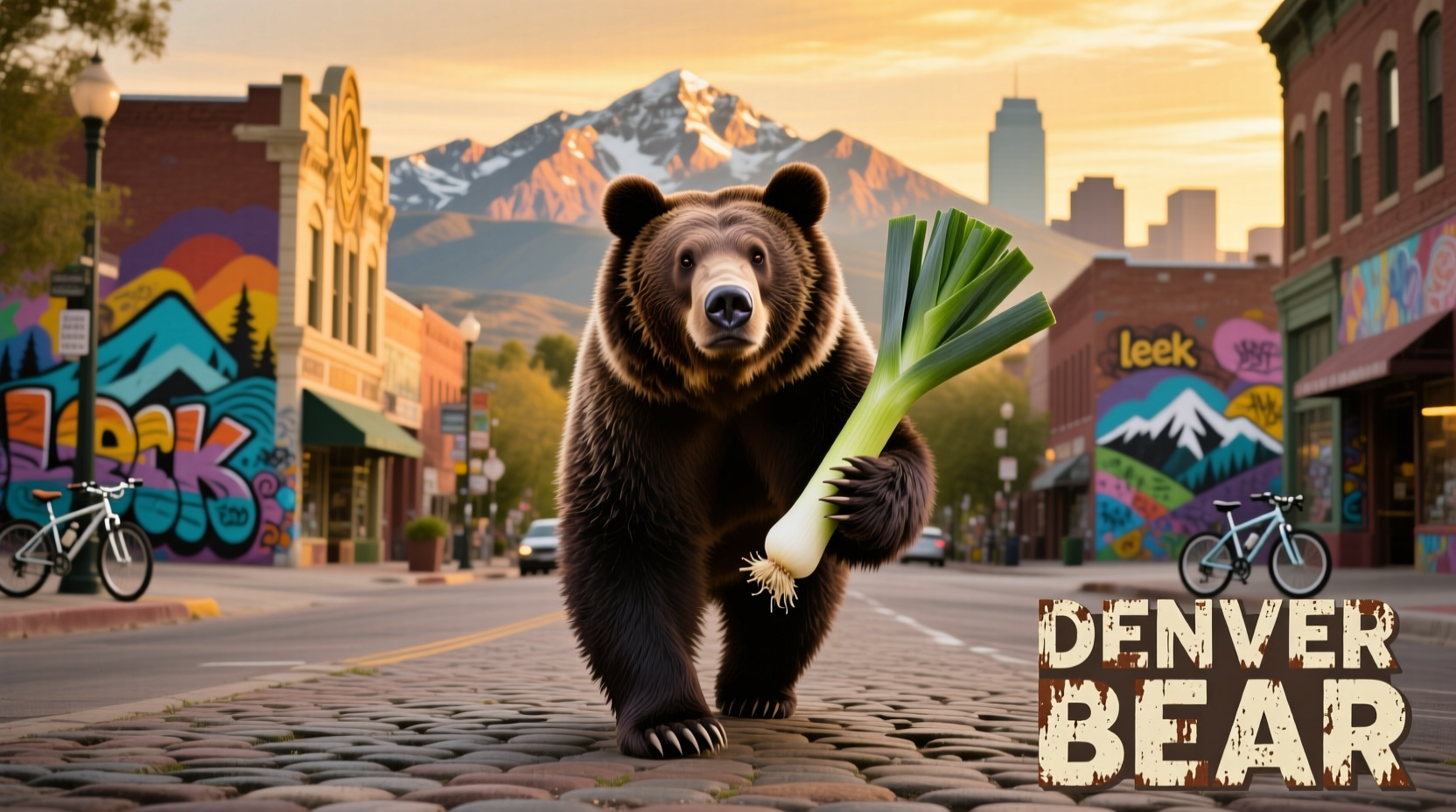Understanding the "Bear Leek Denver" Confusion
Many searchers looking for "bear leek denver" are likely searching for a restaurant that doesn't exist. The term "bear leek" refers to Allium ursinum, commonly known as wild garlic or ramsons—a plant with a rich culinary history, not a Denver dining establishment. This confusion often stems from:
- Mishearing restaurant names like "Bear's Den" or "Bergamot"
- Confusing "leek" with similar-sounding restaurant terms
- Mixing up "bear" with Colorado's mountain associations
What Exactly Is Bear's Leek?
Bear's leek (Allium ursinum) earned its name from European bears emerging from hibernation to eat these nutrient-rich plants in spring. This wild relative of garlic and leeks features:
| Characteristic | Description |
|---|---|
| Botanical Name | Allium ursinum |
| Common Names | Wild garlic, ramsons, bear's garlic, wood garlic |
| Season | March-May (spring) |
| Distinguishing Feature | Strong garlic scent when leaves are crushed |
| Habitat | Moist deciduous woodlands |
This plant has been used for centuries across Europe as both food and medicine. According to research from the USDA Agricultural Research Service, wild garlic contains allicin compounds similar to cultivated garlic but with a more delicate flavor profile.

Can You Find Bear's Leek in Denver?
While true Allium ursinum doesn't naturally grow in Colorado's climate, Denver residents have several options for experiencing similar flavors:
Local Alternatives to Bear's Leek
Colorado's native Allium textile (nodding onion) and Allium acuminatum (tapertip onion) provide comparable flavors. The Colorado Parks and Wildlife notes these species grow in mountain meadows at higher elevations but aren't typically found in Denver proper.
Denver Restaurants Featuring Wild Garlic
Several Denver establishments incorporate wild garlic when in season:
- Acorn: Features seasonal wild garlic dishes during spring months
- Root Down: Uses locally foraged ingredients including wild onions
- Euclid Hall: Incorporates wild garlic into specialty sauces
- Blackbelly Market: Offers wild garlic pesto during spring harvest
How to Identify and Use Wild Garlic Safely
For those interested in foraging, proper identification is crucial. Mistaking wild garlic for toxic lily of the valley or autumn crocus can be dangerous. The Colorado State University Extension provides these identification tips:
- Smell test: Crush a leaf—true wild garlic emits a distinct garlic aroma
- Leaf structure: Broad, smooth leaves growing directly from the base
- Flower check: White star-shaped flowers in clusters (late spring)
- Venation: Single central vein (vs. parallel veins in lily of the valley)
Culinary Applications
Chefs in Denver's farm-to-table scene use wild garlic in numerous ways:
- Wild garlic pesto (substitute for basil)
- Infused oils for salad dressings
- Chopped leaves in omelets and quiches
- Blended into compound butters
- Pickled flower buds as gourmet garnish
Wild Garlic Seasonality in Colorado
Unlike European regions where wild garlic grows abundantly, Colorado's climate limits availability. The seasonal timeline differs significantly:
| Region | Peak Season | Availability Duration | Denver Alternative Timing |
|---|---|---|---|
| Europe | March-May | 8-10 weeks | N/A |
| Colorado Mountains | May-June | 4-6 weeks | Higher elevations only |
| Denver Area | N/A (not native) | N/A | March-May (imported) |
Most Denver restaurants source wild garlic from Pacific Northwest foragers or use cultivated garlic varieties as substitutes during spring months.
Where to Learn More About Foraging in Denver
Several local organizations offer guided foraging experiences and educational resources:
- Denver Botanic Gardens: Seasonal foraging workshops
- Colorado School of Urban Agriculture: Wild food identification courses
- Front Range Mycological Society: Plant identification resources
- Denver Public Library: Free foraging guide collection
Remember that foraging on public lands in Denver requires adherence to city ordinances. The City of Denver Parks Department prohibits harvesting plants in most city parks, but allows limited personal use in designated open space areas with proper permits.











 浙公网安备
33010002000092号
浙公网安备
33010002000092号 浙B2-20120091-4
浙B2-20120091-4